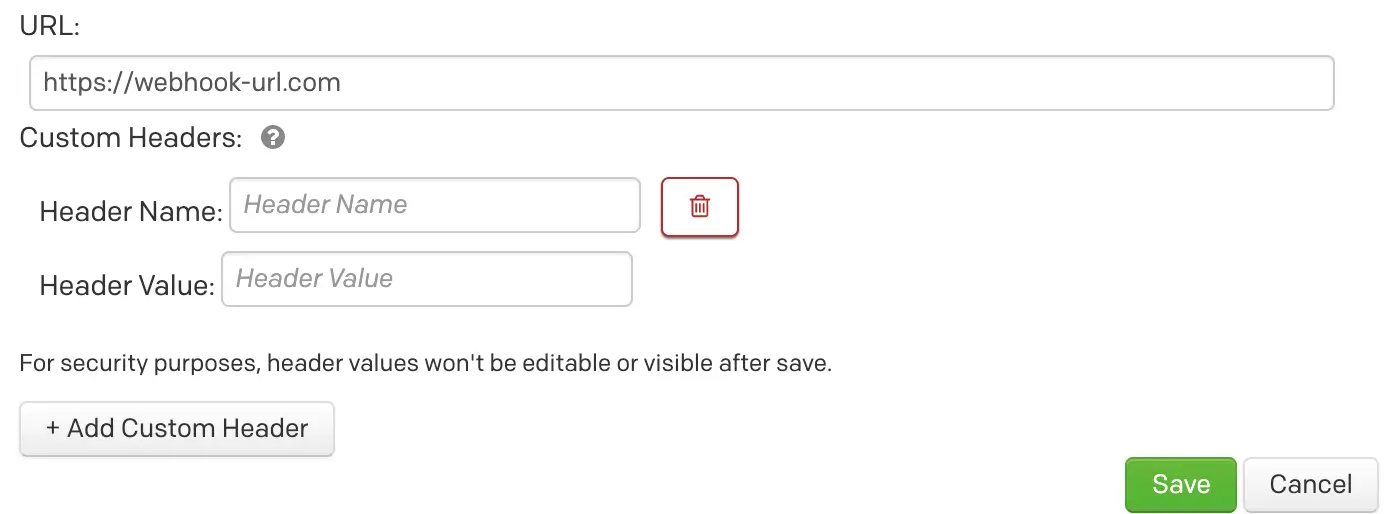V1/V2 Webhook Extensions
Deprecation
- V1 webhook extensions became unsupported on November 13, 2021 and lost functionality on October 31, 2022. Please follow instructions here to migrate to V3 Webhook Subscriptions.
- Please see V1 Webhook Alternatives for a list of affected integrations and alternative solutions.
- Please note that the Slack V1 integration was deprecated earlier, on November 1, 2021.
Add a V1/V2 Webhook Extension
- Navigate to Services Service Directory, then click the name of the service you want to add a webhook to.
- Select the Integrations tab, under Extensions and Add-Ons, click Add or manage extensions for this service and then click New Extension.
- For the Extension Type select your webhook type or Generic V2 Webhook.
- Enter a Name for your webhook.
- Enter your endpoint's URL in the Details field.
- Click Save.
To test your webhook, click New Incident on the service to trigger a test incident, and then check your endpoint for updates. We recommend reviewing the webhook PagerDuty sends when an incident triggers. You can do this by using a tool online such as Beeceptor, webhook.site, or postb.in.
Custom Headers
Note
- Custom headers are currently only supported with V1/V2 generic webhook extensions.
- Custom headers can be added to outgoing webhook requests, allowing you to input pairs of header names and header values. Up to five custom headers can be added to each webhook. For security purposes, the header values will not be visible and cannot be edited once saved.
- Navigate to Integrations Extensions, then click the icon next to the webhook extension you want to custom headers to, click Edit.
- Click + Add Custom Header.
- Enter the custom header name and header value.
- Click Save.

Add custom header
Updated 7 months ago
Learn more
